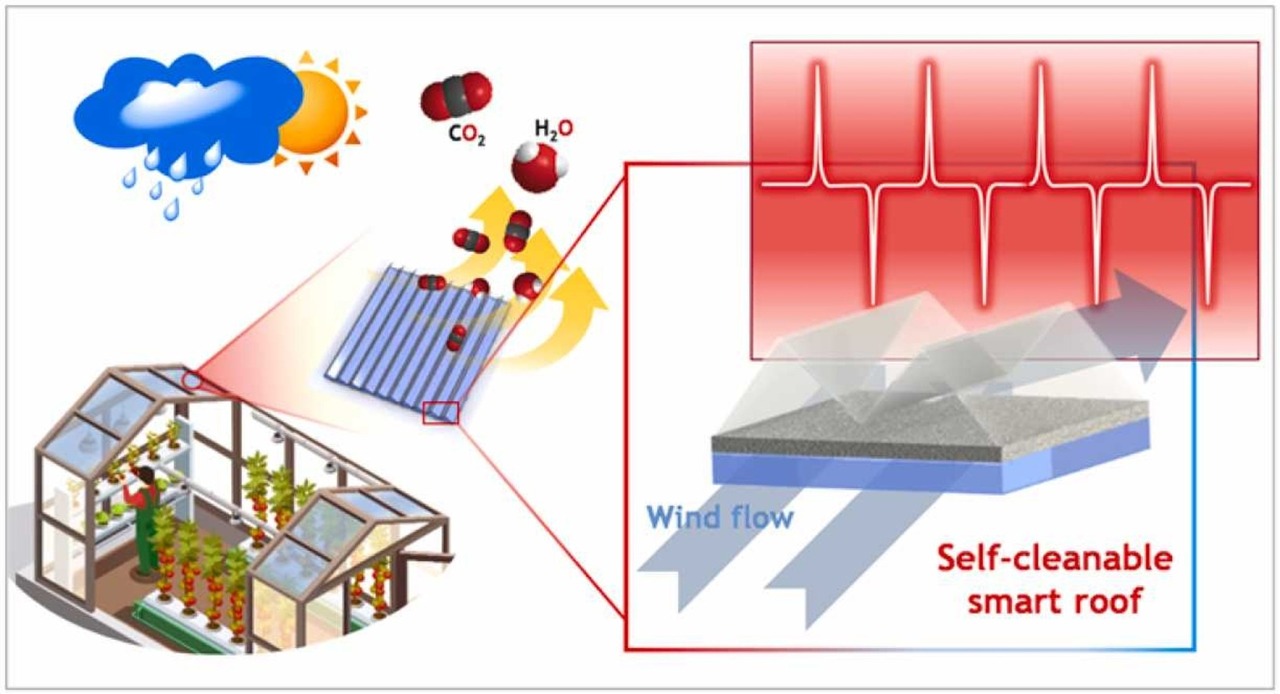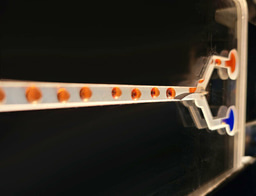Mutually Exclusive Ytterbium and Nitrogen Co-Doping of Mesoporous Titania-Carbon for Self-Cleanable and Sustainable Triboelectric Nanogenerators
Published in Chemistry

Explore the Research
 sciencedirect.com
sciencedirect.com
ScienceDirect
About ScienceDirect Shopping cart Contact and supportTerms and conditionsPrivacy policy
Herein, we report a mutually exclusive ytterbium and nitrogen co-doping strategy for mesoporous titania-carbon (YbNTiO2@C) specially designed for the positive electrode materials towards self-cleaning functionality and high-power triboelectric nanogenerators. Nano-porous structures of YbNTiO2@C having higher surface energy not only provide the enlarge platform for atom-to-atom contacts, but also increase the charge density of the tribo-layer by accelerating the effective electronic quantum transition effects in-between the opposite electrodes in comparison with pristine TiO2. The formation of crystal defects due to doping of ytterbium on the regular lattice structure of TiO2 along with unique substitutional and interstitial nitrogen-doping boosts the overall surface polarity and increases the charge storage and discharge capability when exposed as an interactive electrode surface in dry-type capacitive triboelectric nanogenerators (TENGs). Therefore, YbNTiO2@C coated tribo-positive electrode not only shows considerable enhancement of TENG performances, but also provides significant improvement in self-cleaning function under sunlight. The YbNTiO2@C layer shows remarkable output triboelectricity up to 3 folds and self-cleaning decomposition of methylene blue up to 96.40% within a minute. Notable improvements in both self-cleaning ability and high-performance power generation enable the realization of an ideal smart roof for harvesting green energy from rain and wind in cloud weather.
TENGs having those diverse functionalities are highly desirable for consistent output performances and thereby, promising candidate to be implemented as an energy harvester for smart home in smart cities in the era of 5 G and Internet of Things (IoT).




Please sign in or register for FREE
If you are a registered user on Research Communities by Springer Nature, please sign in